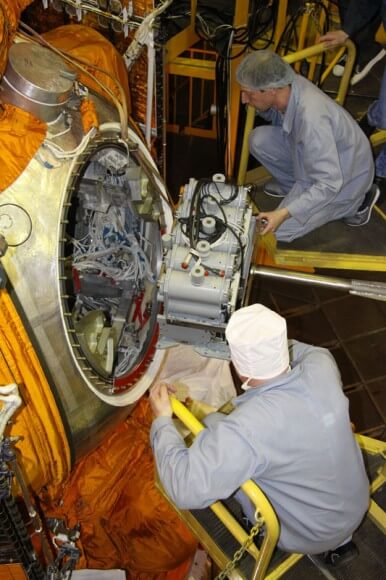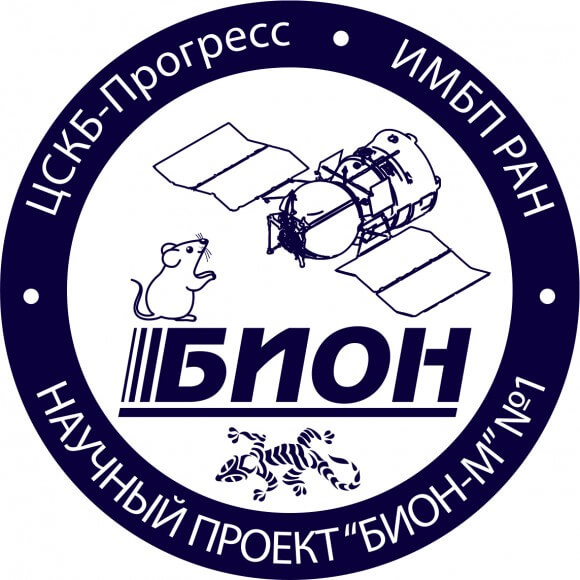Bion-M - a small satellite with gerbils, lizards, mice and other animals will fly as planned to Earth on Sunday May 19, 2013.

Bion-M – a small satellite with gerbils, lizards, mice and other animals flew as planned to Earth on Sunday, May 19, 2013. However, not all crew members survived the journey.
"This is the first time animals have been placed in space alone for such a long time," says Vladimir Sychev of the Russian Academy of Sciences. Half of the 45 mice died during the journey, which was expected. In contrast, all eight gerbils died due to an equipment malfunction, he added.
The Bion-M equipment was prepared for launch. Photo: Russian space agency Roscosmos.
Still, the scientists expect to analyze the data from the mission's computers and these are expected to help them better understand the effect of microgravity on biological creatures, something that will have implications for long manned journeys such as a journey to Mars.
Microgravity causes problems in some human systems, as described by astronaut Chris Hadfield who returned from the International Space Station last week. The bones lose calcium, the muscles contract and there are changes in blood pressure and even in the eyes. Flying into space is like experiencing accelerated aging (although fortunately the effects are mostly reversible).
The astronauts on the station train two hours a day on average to fight against the effects of microgravity. Photo: NASA.
"Knowledge gleaned from the use of animals reveals the basic mechanisms of adaptation to spaceflight," NASA is quoted as saying on the mission's website. "Such knowledge provides insight into the potential for mitigating risks in long manned space flights and provides new approaches to solving biomedical problems on Earth."

Prior to the Bion-M spaceflight, most research on mice was conducted only during shuttle flights that were in orbit for a maximum of two weeks. The current thirty-day mission doubled the length of previous missions and also enabled the use of new technologies for the benefit of science, say NASA, which was also a partner in the mission.
NASA researchers studied the cellular mechanisms responsible for the rapid changes that occur in tissues and cell development in mice during space flights, including the muscles, bones, cardiovascular system and reproductive system. In gerbils, the effect of space conditions on their behavior was tested. In the future, they will also examine questions such as the effect of radiation on the body and whether it is ethically correct to raise children in space.
Still, it did not affect thousands of people who signed up for a reality show in which humans will be flown to Mars by the Mars One company - and will remain living there in a colony, unable to return to Earth - if the program does come to fruition, but more on that on another occasion.

4 תגובות
lost in space
I can suggest names for a reality show that will put people in a space colony with no possibility of returning. Bb
Reality, not reality.
In general, the mission failed, most of the facilities during the flight broke down, most of the animals died. So typical of Russian space. :-(((